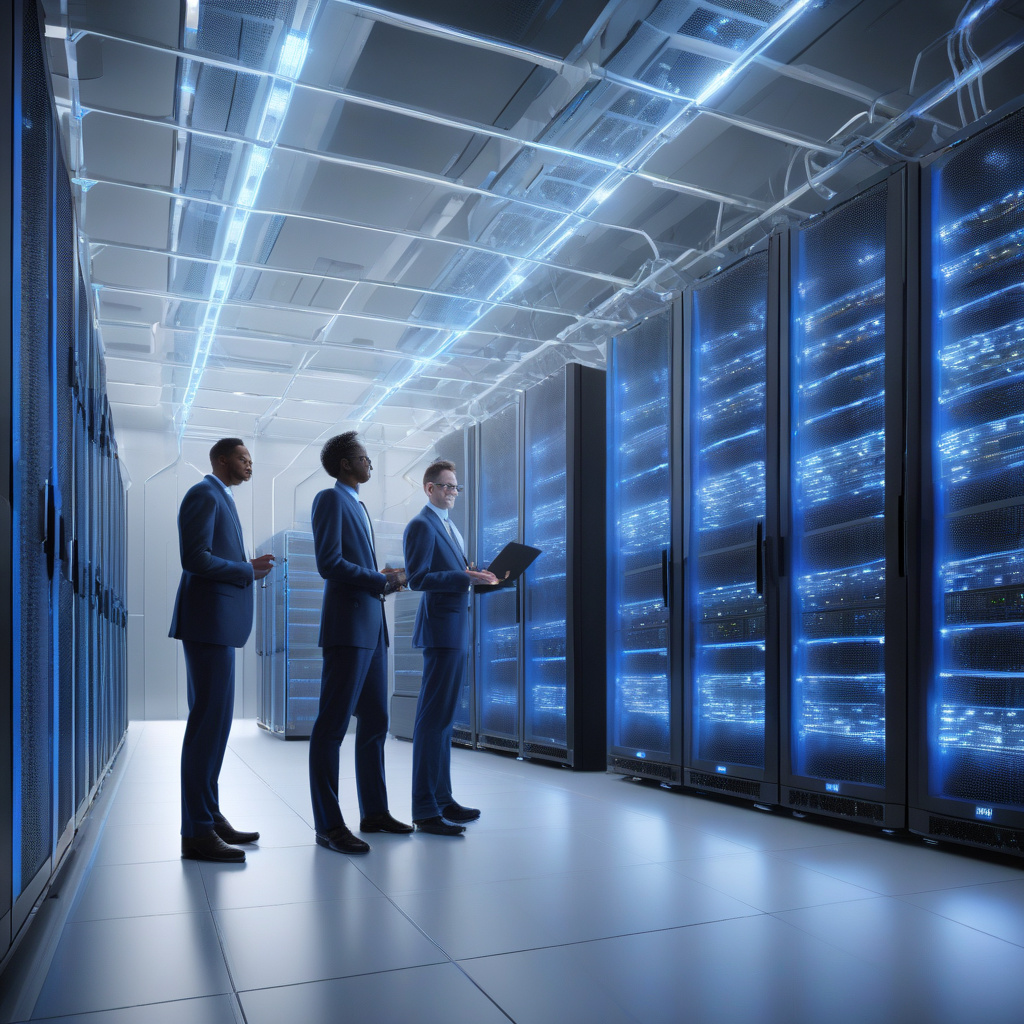In the fast-evolving landscape of AI workloads, cloud data centers have become the backbone of processing power that drives innovation. With giants like Azure, AWS, and GCP competing for dominance, the need for specialized high-performance computing servers has never been more critical. These servers, equipped with GPUs, TPUs, and NPUs, are the workhorses behind the scenes, handling massive amounts of data processing, training, and inference for AI models.
However, this rapid expansion comes with its challenges. Traditionally, cloud service providers have relied on OEMs for diagnostics and maintenance of their hardware, leading to uncertainties in repair SLAs and increased costs. This dependency on external support has often resulted in downtime and reduced fleet availability, hampering operational efficiency.
To address these pain points, the integration of cloud hardware diagnostics directly into the infrastructure is becoming a game-changer. By implementing in-built diagnostic tools that can monitor hardware health in real-time, cloud service providers can proactively identify and resolve issues before they escalate. This shift towards self-diagnostic capabilities not only reduces reliance on OEMs but also empowers cloud providers to streamline maintenance processes and improve overall system reliability.
Imagine a scenario where a GPU server starts experiencing performance issues during an AI workload. With cloud hardware diagnostics in place, the system can automatically run comprehensive tests to pinpoint the root cause of the problem. Whether it’s a faulty component or a configuration error, the diagnostics tool can generate detailed reports for quick analysis and resolution. This proactive approach minimizes downtime, optimizes resource utilization, and ultimately enhances the end-user experience.
Moreover, cloud hardware diagnostics enable predictive maintenance strategies, leveraging data analytics and machine learning algorithms to forecast potential hardware failures. By analyzing patterns and trends in system performance, cloud providers can schedule preventive maintenance activities, replace components proactively, and mitigate the risk of unexpected outages. This predictive capability not only saves costs associated with emergency repairs but also prolongs the lifespan of hardware assets, maximizing return on investment.
In essence, the integration of cloud hardware diagnostics for AI workloads represents a paradigm shift towards self-sufficiency and operational excellence. By embracing in-built diagnostic capabilities, cloud service providers can take control of their infrastructure, improve service levels, and stay ahead in the competitive cloud market. As AI continues to drive digital transformation across industries, the reliability and efficiency of cloud hardware diagnostics will play a pivotal role in shaping the future of AI-powered computing.

